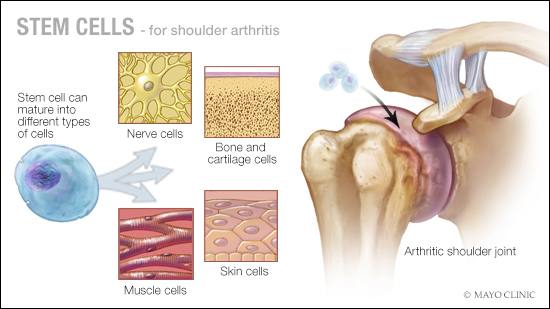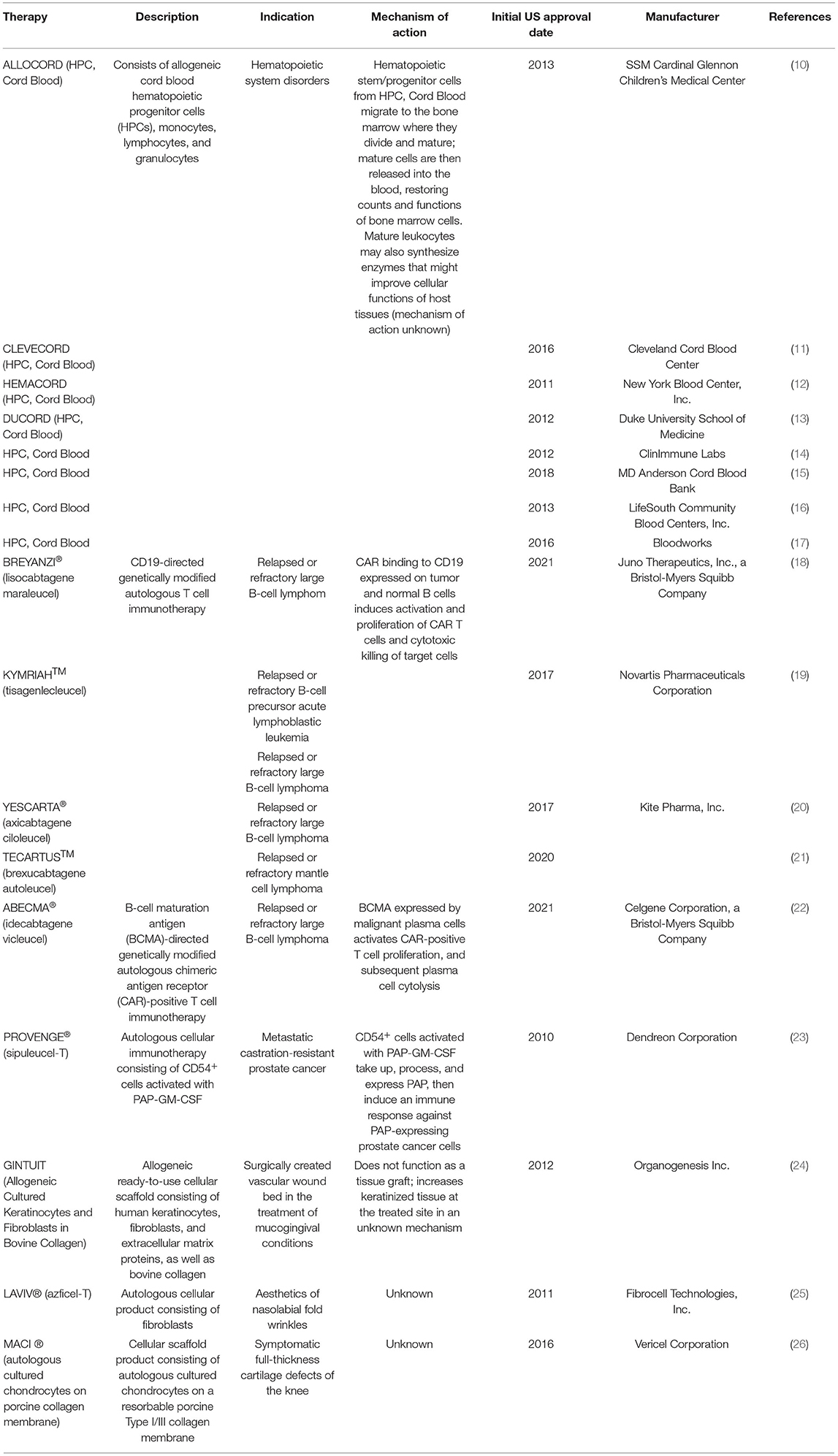Table of Contents

[/image][=video]
[/video]
There are many types of stem cells. Generally, the term stem cell refers to a classification of cells that trigger various other cells (like skin, blood, heart, and muscle cells) by duplicating and separating in reaction to chemical hints. Totipotent stem cells show up at the earliest phase of advancement and are the only stem cells which can produce embryonic stem cells and the placenta.
Bone marrow transplant (BMT) is a special treatment for clients with particular cancers or various other diseases. A bone marrow transplant involves taking cells that are typically discovered in the bone marrow (stem cells), filtering system those cells, and giving them back either to the donor (person) or to one more person. The goal of BMT is to transfuse healthy and balanced bone marrow cells into a person after his or her very own undesirable bone marrow has actually been dealt with to eliminate the uncommon cells.
The blood cells that make other blood cells are called stem cells. The most primitive of the stem cells is called the pluripotent stem cell.
It is the stem cells that are required in bone marrow transplant. The objective of a bone marrow transplant is to heal several illness and sorts of cancer cells. When the doses of radiation treatment or radiation required to heal a cancer cells are so high that a person's bone marrow stem cells will be completely harmed or destroyed by the therapy, a bone marrow transplant might be required.
Hormone Therapy
This process is usually called rescue. Replace bone marrow with genetically healthy working bone marrow to stop even more damage from a hereditary disease process (such as Hurler's syndrome and adrenoleukodystrophy). The threats and benefits have to be evaluated in a thorough discussion with your health care supplier and experts in bone marrow transplants before the procedure.
There are different types of bone marrow transplants relying on who the benefactor is. The different sorts of BMT include the following: The contributor is the individual himself or herself. Stem cells are extracted from the patient either by bone marrow harvest or apheresis (a process of gathering peripheral blood stem cells), frozen, and afterwards returned to the client after extensive therapy.
The contributor shares the same hereditary kind as the person. Stem cells are taken either by bone marrow harvest or apheresis from a genetically matched benefactor, typically a sibling or sis. Various other contributors for allogeneic bone marrow transplants may consist of the following: A haploid-identical suit is when the donor is a parent and the hereditary suit goes to least half identical to the recipient.

Matching involves keying human leukocyte antigen (HLA) cells. The antigens on the surface area of these unique leukocyte identify the hereditary makeup of an individual's immune system. There are at the very least 100 HLA antigens; nonetheless, it is thought that there are a few major antigens that figure out whether a contributor and recipient suit.
Clinical research study is still checking out the function all antigens play in the procedure of a bone marrow transplant. The even more antigens that match, the much better the engraftment of contributed marrow. Engraftment of the stem cells happens when the contributed cells make their method to the marrow and start making new members cells.
Menopause Therapy in Royal Oak, Michigan
All individuals function together to give the ideal opportunity for an effective transplant. The group consists of the following: Health care suppliers who specialize in oncology, hematology, immunology, and bone marrow hair transplant.
Specialists that will certainly aid you fulfill your dietary demands before and after the transplant. Several various other team participants will certainly examine you before transplantation and will provide follow-up care as needed.

A complete case history and physical examination are performed, including numerous examinations to assess the patient's blood and body organ features (for instance, heart, kidney, liver, and lungs). A client will certainly usually enter the transplant facility as much as 10 days prior to transplant for hydration, examination, placement of the main venous line, and various other prep work.
Blood items and medicines will be offered via the catheter throughout therapy. For an allogeneic transplant, an appropriate (cells keyed in and matched) donor should be available. Discovering a matching contributor can be a challenging and prolonged procedure, particularly if a sibling match is not available. Voluntary marrow donors are signed up in a number of nationwide and worldwide computer system registries.
Contributor resources readily available consist of: self, brother or sister, parent or family member, nonrelated person, or umbilical cable from a relevant or nonrelated person. There are nationwide and worldwide pc registries for nonrelated people and cord blood. Some member of the family may be typed because of the need to help. These loved ones might or might not choose to have their kind signed up for use with various other recipients.
Perimenopause Treatment
Tests associated to his/her wellness, direct exposure to infections, and hereditary analysis will be done to identify the extent of the suit. The benefactor will be given instructions on exactly how a bone marrow contribution will certainly be made. When a suit for a person requiring a bone marrow transplant is located, after that stem cells will certainly be collected either by a bone marrow harvest.
Or by a peripheral blood stem cell collection. This is where stem cells are gathered from the circulating cells in the blood.
Navigation
Latest Posts
Regenerative Therapy servicing Royal Oak
Regenerative Therapy around Royal Oak, Michigan
Hormone Therapy around Royal Oak, Michigan